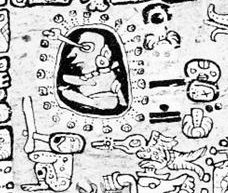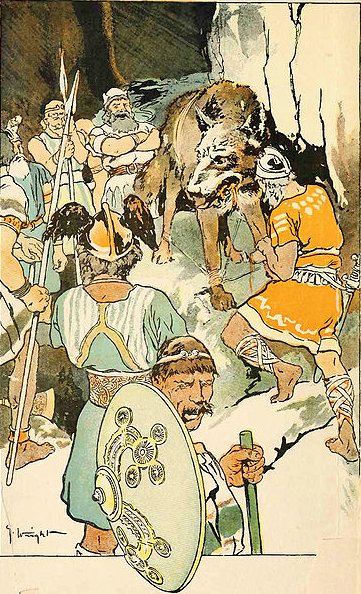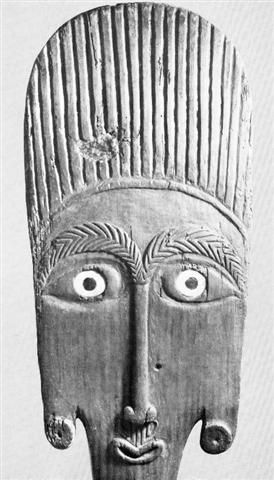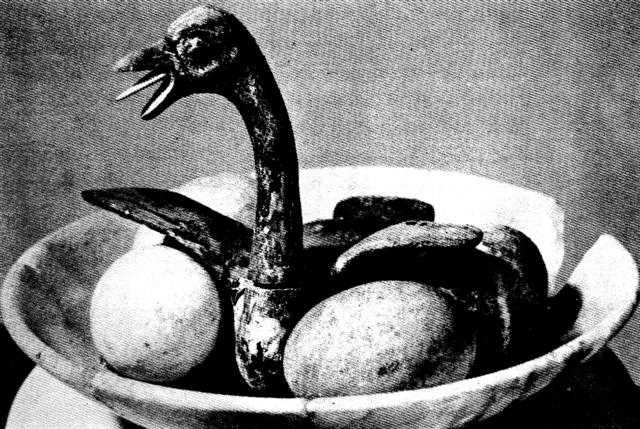Bb7.3 The 'bird man' figure at the end of March has been placed 245 - 172 = 73 (= 365 / 5) glyphs later in the text on side b than the corresponding figure on side a of the tablet:
But the right ascension distance between Yed Posterior and Mimosa is *246 - *192 = *54. Or rather *366 + *54 = *420. Because *246 + *366 = *612 → 692 = 272 + 420. November 22 (326 + 366) - September 29 (272) = 420. If the Sun had preceded 64 days since MARCH 20 (79) to May 23 (143), then a corresponding measure on side b of the tablet suggests 64 days from JULY 27 (208) to September 29 (272). 208 (JULY 27) - 79 (MARCH 20) = 129 = 272 (September 29) - 143 (May 23). The distance from Ba5-8 to Bb7-2 can therefore be stated to be 129 - 73 (= 245 - 172) = 56. This should be the right ascension position of Alcyone (*56) in the Pleiades, because the number of glyphs on side a of the tablet is 421 = 365 + 56. Achird (*10) + *54 = *64 (Hyadum II). Mimosa (*192) + *54 = *246 (Yed Posterior) = *64 + *182.
The composition with a fully grown man at left exhibiting his 'flapping wing' at right ... In Polynesia gliding flight is expressed by lele, flight on flapping wing by kapa. In Nuclear Polynesia kapa does not pass into the wing sense except through the aid of a composition member kau. In Samoan 'au we find this to mean a stalk, a handle; in reference to the body its sense as that of some projecting member is exhibited in 'aualuma (the 'au in front) as a very delicate euphemism for the penis. So 'apa'au would mean literally the projecting member that flaps ... suggests his continuation in form of a 'nose', i.e. to the opening where his spirit would enter in order to make the new one come alive.
... And then she looked in her hand, she inspected it right away, but the bone's saliva wasn't in her hand. It is just a sign I have given you, my saliva, my spittle. This, my head, has nothing on it - just bone, nothing of meat. It's just the same with the head of a great lord: it's just the flesh that makes his face look good. And when he dies, people get frightened by his bones. After that, his son is like his saliva, his spittle, in his being, whether it be the son of a lord or the son of a craftsman, an orator. The father does not disappear, but goes on being fulfilled. Neither dimmed nor destroyed is the face of a lord, a warrior, craftsman, an orator. Rather, he will leave his daughters and sons. So it is that I have done likewise through you. Now go up there on the face of the earth; you will not die. Keep the word. So be it, said the head of One and Seven Hunaphu - they were of one mind when they did it ...
|
|||||||||||||||||||||||||||||||||||||||||||||||||||||||||||||||||||












